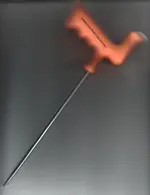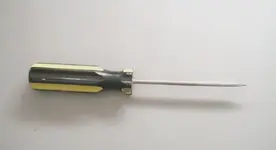E59
Sr. Member
- Joined
- Feb 28, 2005
- Messages
- 454
- Reaction score
- 7
- Golden Thread
- 0
- Location
- On the river bank
- Primary Interest:
- Relic Hunting
Okay, I am still waiting on my agonizingly slow to get here detector and I was just wondering how you all clean up a hole. Do you dig a little round plug and go straight down, maybe set the dirt on a cloth so as not to make a mess or do you just dig a big 'ol hole and cram it back in when you're finished? I know it depends on where I'm hunting, I'm talking of public parks or schools. I can be as messy as I want in the timber!
Upvote
0






